Maize irrigation is a strongly established practice in the northern part of the province. It is also considered by farmers as an 'insurance' for sufficient quality forage. That makes most farmers in northern Limburg today extensively equipped with sprinkler reels and associated equipment. Reel irrigation is today the best method to meet farmers' needs but it is a labour-intensive activity on top of the existing day job. It also requires larger flow rates at short periods and it is practically impossible to irrigate all maize at the ideal time. Partly because of the previously mentioned underestimation of the importance of irrigation by the wider society, the use of reel irrigation is gaining more attention and is often (wrongly) perceived negatively by citizens. Partly for this reason, but also because of the potential efficiency gains, this project aims to conduct a broad exploratory study on the practical feasibility of drip irrigation in maize cultivation.
There are some concrete advantages and disadvantages associated with both conventional irrigation and drip irrigation (De Marcke, s.a.).
With classic reel irrigation, it can be said that:
- Irrigation is often started earlier on the late side, resulting in yield loss already;
- There is a certain proportion of evaporation;
- A large part of the pumped-up water draws back into the soil through restitution.
- Administration is very labour-intensive;
- Some of the maize is damaged by the construction of sprinkler paths;
- There is a certain leaf-wet period that increases the likelihood of pest infestations;
- There is risk of 'washing away' pollen from the flowers resulting in lower yields....;
- It is very flexible in use;
- The purchase is one-off and the investment can be used for a long period.
Drip irrigation also has some concrete disadvantages viz.
- Higher procurement costs and, in the case of disposables, more waste;
- In case of durable casings, less flexibility in terms of soil cultivation;
- Labour-intensive installation.
Major advantages to drip irrigation are, firstly, that the labour-intensive installation is only one-off (per growing season) as opposed to the reciprocity of reel irrigation (in dry years in North Limburg region 4-5 times for maize). In the case of sustainable irrigation casings, this one-off time commitment is even spread over a much longer period. A second advantage is the fact that serious energy/fuel savings can be realised. Since smaller doses of moisture are given more frequently with drip irrigation fewer large pumping flows are required, which also reduces the need for deep groundwater wells. Given that the authorisation of groundwater wells is gaining social sensitivity, this may also be an advantage of drip irrigation over the conventional reel. A major disadvantage of drip irrigation is the uncertainty about its necessity. Especially in the case of one-year drip irrigation, it may occur that in wet conditions there is no need to irrigate at all and thus the construction costs have been completely pointless.
Technology is not standing still, not even in drip irrigation systems. Indeed, it offers additional opportunities such as the application of nutrients (fertilisation) or soil improvers via the irrigation system. In this way, fertiliser can be applied even more specifically with small doses at the time of need to further reduce nutrient losses.
There is also constant evolution in the irrigation hoses themselves. To reduce waste, 'sustainable irrigation hoses' are increasingly being used. These irrigation hoses are more expensive but also more reliable and can last about 10 years. They are often installed underground so there is only a one-off installation cost. It is important to note, however, that deep soil tillage cannot be carried out in this case. In this way, it offers opportunities in combination with modern tillage methods (e.g. ploughless cultivation).
The principle of drip irrigation is also different from reel irrigation. Since the drip arms apply water site-specifically, water actually appears in sandy soil a 'water cone' under the drip arm. In reel irrigation, the moisture is spread over the entire plot. The fact that there are little upward water movement in sandy soils necessitates investigation of underground hoses. On the one hand, early maize is going to be able to absorb little or no moisture if the irrigation is laid deep (e.g. 30 cm) in the soil. On the other hand, the presence of water at greater depth ensures that the plant also roots deeper and can draw more moisture from the soil itself. In arboriculture, for example, this is a commonly used technique to allow roots to extend far out. The principle of the 'water cone' is also the reason why, in the case of drip irrigation, small quantities are frequently used. When larger amounts of water are given, the water will migrate vertically faster, giving the cone a long and narrow profile and causing the water to sink deeper into the soil faster. With frequent small doses, there is more horizontal migration, causing the base of the cone to widen into a short and wide pattern. The latter increases plant uptake of moisture and reduces the risk of nutrient leaching.







